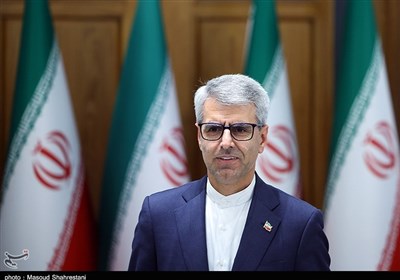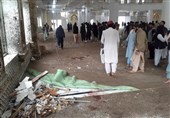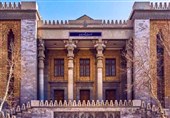Qazvin's Kolah Farangi: A Monument of Safavid Era
TEHRAN (Tasnim) - Chehelsotoun or Kolah Farangi structure in Iran's northern city of Qazvin is one of the most important monuments of Safavid era and is located in a large garden. Chehel Sotoun Palace is the remaining of royal palaces of the Shah Tahmasb’s era.
The building was known as Kolah Farangi for its kiosk architecture. At the time of the Safavid dynasty the city of Qazvin was the capital city of Iran. At Qajar dynasty the palace was rebuilt by order of Mohammad Bagher Sad-al-Saltan, the governor of Qazvin and renamed to Chehelsotoun.
Kola Farangi building and Alighapou entrance gate are the only remaining buildings from the Safavid era in Qazvin. They were built on a Turkish architect’s plan. The octagonal building in 2 floors has halls and small rooms on each floor that made too small in plaid way and have very elegant and beautiful wooden windows.
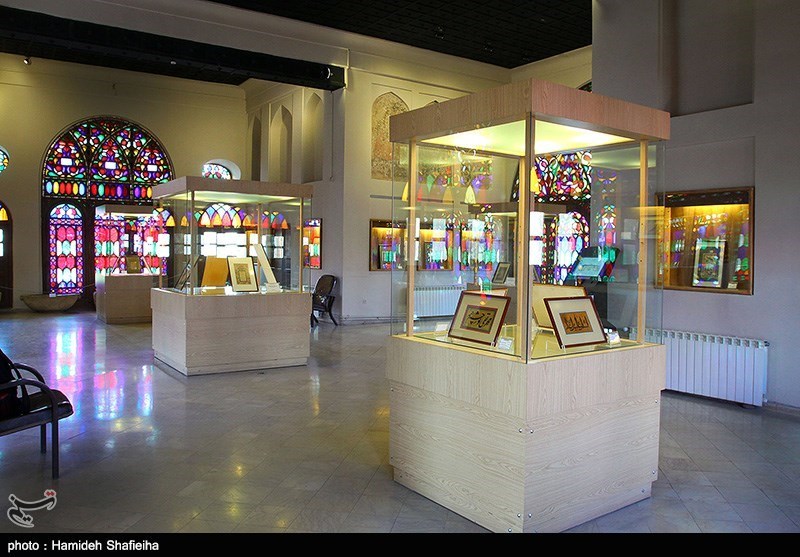
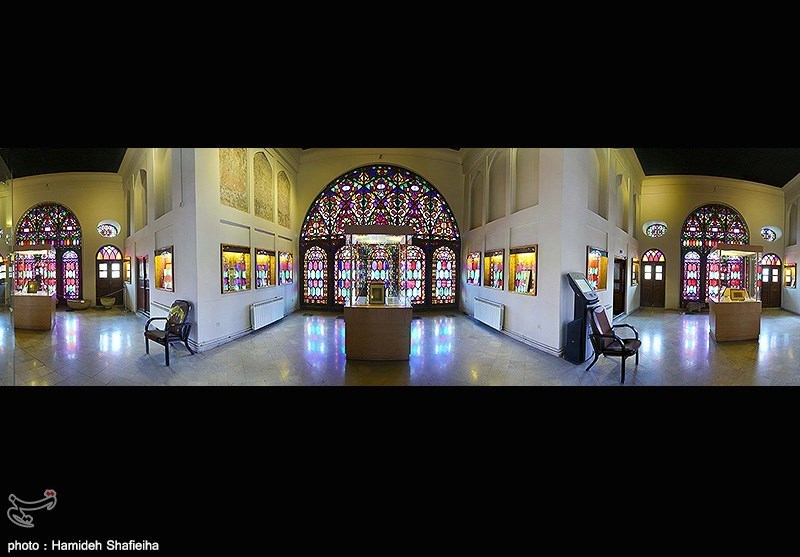
A porch with brick columns and semicircular arches covered the building and a porch with wooden pillars has been built on top of it. The building is famous for its miniature mural and its Qazvini style of miniatures.
The building plan includes the cross designs and the roof of the first floor is covered with innovative portico designs and the roof of the upper floor have been decorated with Iranian architectural designs.
Mural designs on the first floor are examples of artworks taught at Qazvin painting school which enjoy global reputation. The walls, which are decorated with murals are unique in its kind and three layers of murals on these walls represent different historical periods.
Now, this building is the calligraphy museum of Qazvin and serves as a venue to preserve precious works such as calligraphies, old books, etc.
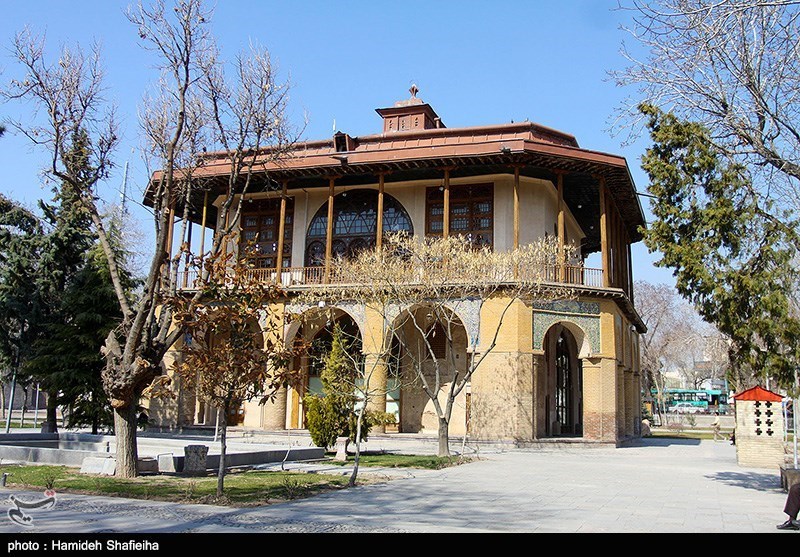
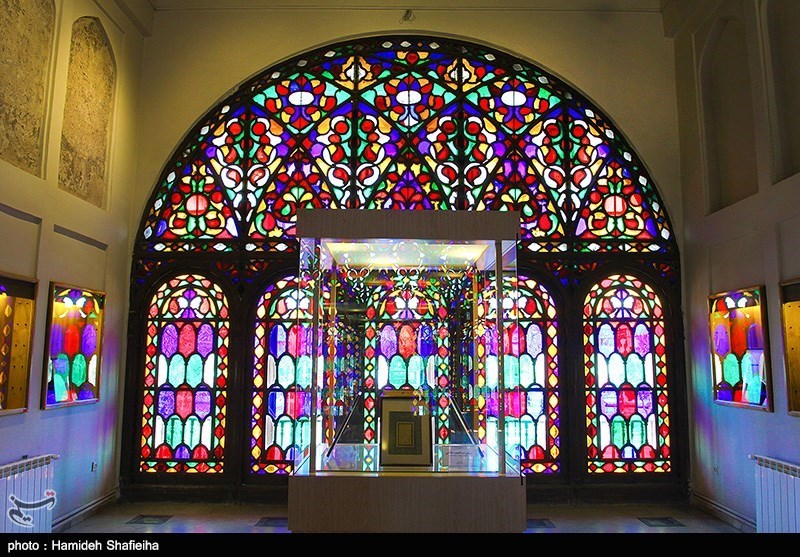
Source: Visito Iran

